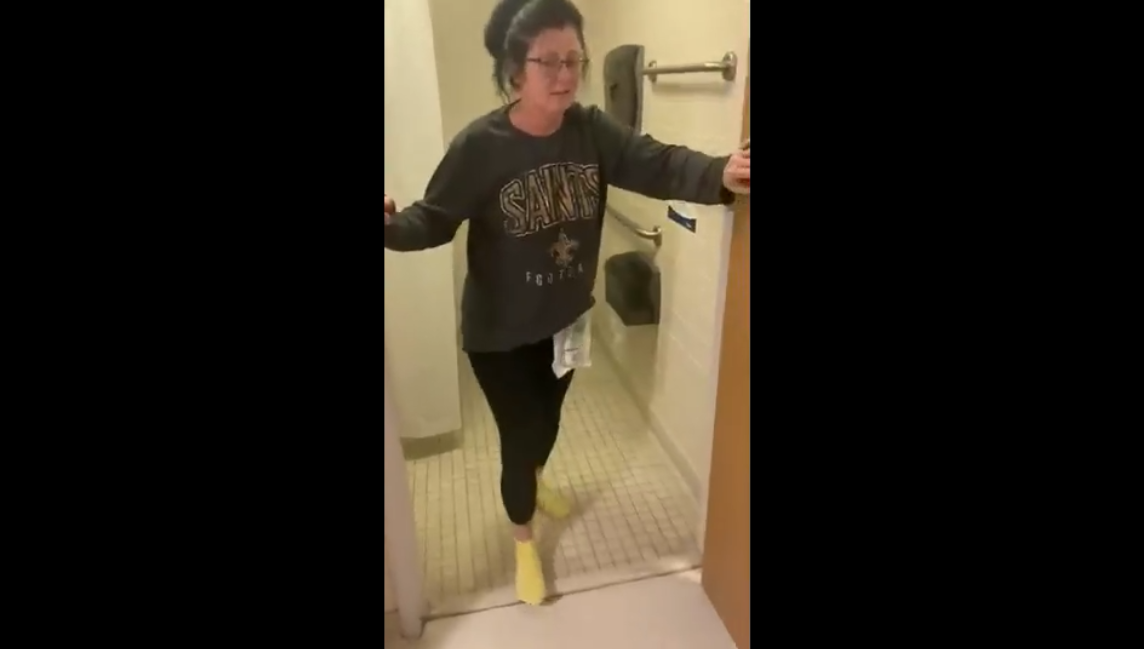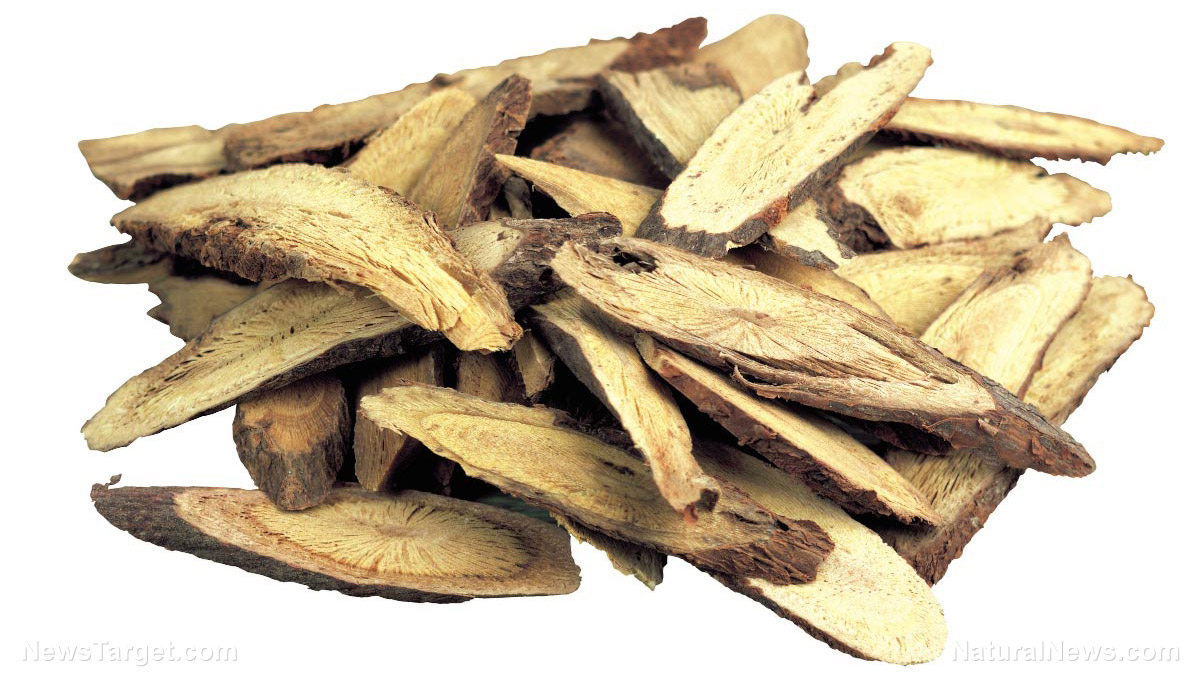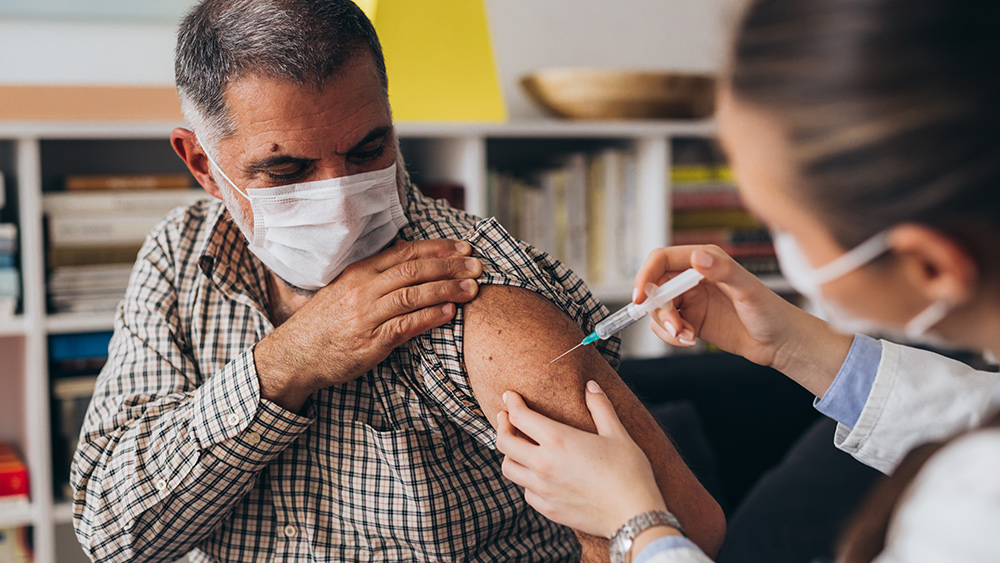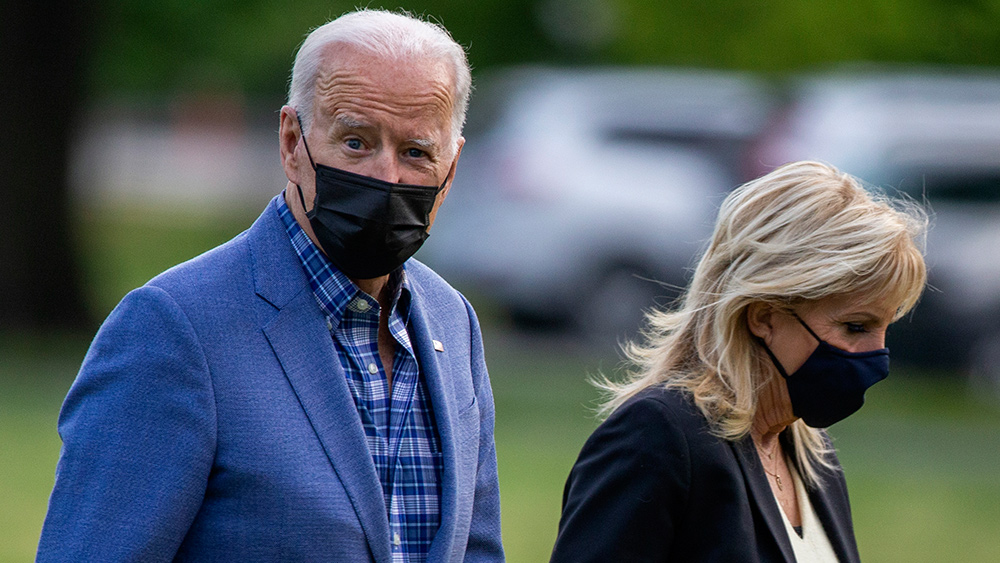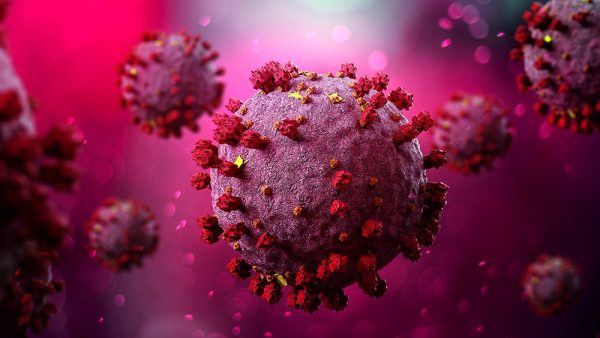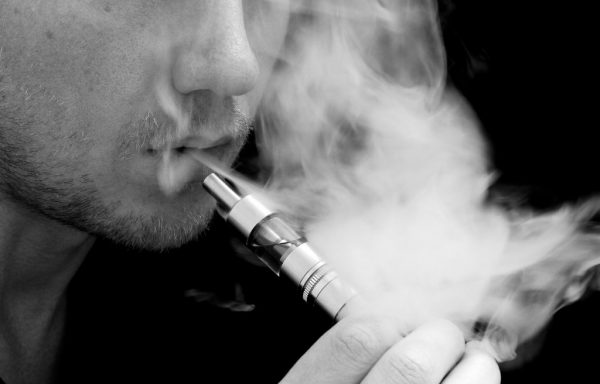
Lockdowns lead to more cases of drug overdose
The surge represents an increasingly urgent public health crisis that may be correlated to the government's monotonous battle plan against the COVID-19 pandemic. (Related: Death toll from drug overdose soars during pandemic.) On March 19 last year, California became the first state in the U.S. to implement a stay-at-home order. It subsequently endured the longest lockdown of any state in the country. The pandemic and accompanying lockdowns are believed to be partly responsible for the soaring number of drug deaths for obvious reasons. Lockdowns have badly disrupted the social services in the city, including drug addiction treatment. Drug experts say the isolation of the past 12 months is causing vulnerable residents to turn to opioids. "We see the death and devastation getting worse right in front of us," said Matt Haney, San Francisco Board of Supervisors member. "It's an unprecedented spiraling, directly connected to the introduction of fentanyl in our city." Fentanyl first appeared on the streets of San Francisco in 2015. There were just six deaths from the synthetic opioid that year, 12 deaths in 2016 and 37 deaths in 2017. The figure skyrocketed when the drugs became widely available in the city in 2018. Kristen Marshall, manager of the national drug harm reduction DOPE Project, noted the grim irony that while social isolation could save lives from COVID-19, it had undoubtedly contributed to the number of overdose deaths. "Isolation is also the thing that puts people at the absolute highest risk of overdose death," she said.Pandemic exacerbates rise in deaths from drug overdose
The number of deaths from drug overdose started rising in the months leading up to the coronavirus pandemic, making it hard to gauge how closely the two phenomena are linked. But the pandemic unquestionably exacerbated the trend. The biggest jump in overdose deaths took place in April and May when fear and stress were rampant, job losses were multiplying and the strictest lockdown measures were in effect. Many treatment programs closed during that time while drop-in centers, which provide support, clean syringes and naloxone, cut back services. The data released by the CDC shows a 29 percent rise in overdose deaths from October 2019 through September 2020 compared with the previous 12-month period. Illicitly manufactured fentanyl and other synthetic opioids were the primary drivers, although many fatal overdoses have also involved stimulant drugs like methamphetamine. Unlike in the early years of the opioid epidemic, when deaths were largely among white Americans in rural and suburban areas, the current crisis is affecting Black Americans disproportionately. "The highest increase in mortality from opioids, predominantly driven by fentanyl, is now among Black Americans," Dr. Nora Volkow, the director of the National Institute on Drug Abuse, said at a national addiction conference last week. "And when you look at mortality from methamphetamine, it's chilling to realize that the risk of dying from methamphetamine overdose is 12-fold higher among American Indians and Alaskan Natives than other groups." Dr. Volkow added that more deaths than ever involved drug combinations, typically of fentanyl or heroin with stimulants. "Dealers are lacing these non-opioid drugs with cheaper, yet potent, opioids to make a larger profit," she said. "Someone who's addicted to a stimulant drug like cocaine or methamphetamine is not tolerant to opioids, which means they are going to be at high risk of overdose if they get a stimulant drug that's laced with an opioid like fentanyl." The Drug Enforcement Administration (DEA) supported Dr. Volkow's claim, saying that transnational criminal organizations cause a spike in overdoses by mixing fentanyl into illicit narcotics. According to the DEA, Mexican cartels often purchase the drug components in China and use human mules to smuggle the narcotics to lucrative drug markets north of the border. (Related: Chemicals supplied by China play a big role in America's illegal drug trade.) The surging death rate eclipsed the modest gains made during former President Donald Trump's term against the nation's addiction epidemic. The CDC reported that deaths from overdoses in the country slightly dropped in 2018, the first time it has happened since 1990. During his administration, several billion dollars in grants to states allowed more drug users to get access to the three Food and Drug Administration-approved medications for opioid addiction – methadone, buprenorphine and naltrexone. Naloxone also became widely distributed during Trump's term. Follow Addiction.news for more news and information related to drug overdose. Sources include: DailyMail.co.uk NYTimes.com MedicalXpress.comHealthcare workers are suffering “full body convulsions” from covid vaccines
By Ethan Huff // Share
Medicinal herbs effectively treat thousands of covid-19 patients in Chinese hospitals
By Lance D Johnson // Share
Fauci is KILLING Americans by refusing them safe and effective covid remedies
By Ethan Huff // Share
Vaccinated people are comparing adverse reactions in a Reddit subgroup
By News Editors // Share
Biden wants to make America a “digital dictatorship”
By Ethan Huff // Share
Congress demands full declassification of COVID origins intel
By kevinhughes // Share
Trump declares fentanyl a "weapon of mass destruction," announces death penalty pact with China
By patricklewis // Share
Chemical overload: The hidden assault on our inner ecosystem
By willowt // Share
